

Plastic is a highly plastic and deformable material that can be molded into various shapes and sizes. Therefore, it is widely used in various industries, such as electronics, machinery, automobiles, medical and packaging. In the process of manufacturing plastic injection molding products, the fluidity of plastic molding material is a crucial factor, which directly affects the structure and quality of the plastic molded product. This article will delve into the fluidity and mold filling principles of plastics material.
The fluidity of plastic molding material refers to the ability of plastic materials to flow within the injection mold in the manufacturing of plastic products. Plastic parts are formed by melting plastic resin, injecting it into a plastic injection mold, and cooling and hardening. During the plastic injection molding process, the plastic resin must flow rapidly within the injection mold and fill the gaps in the mould cavity as quickly as possible to form parts of the desired shape. If the fluidity of the plastic is insufficient, problems such as insufficient filling and molding defects will occur.
The fluidity of plastic resin is affected by many factors. The most important factors are the viscosity and melt temperature of the plastic resin. The lower the viscosity of the plastic, the better its fluidity. The higher the melt temperature, the lower the viscosity of the plastic resin and the better the fluidity. In addition, there are other factors that also affect the fluidity of plastic, including injection mold structure, pressure and speed. Therefore, when designing injection molds and formulating production processes, these factors need to be considered comprehensively to ensure that the fluidity of the plastic is optimal.
In the manufacturing of plastic products, in order to obtain high-quality products, some injection molding filling principles need to be followed. Below, we will introduce these principles one by one.
The principle of sufficient filling means that the plastic needs to fill the entire mold space during the mold filling process to ensure that the product is complete and defect-free. If the plastic fails to fill the entire mold space during the injection molding filling process, defects such as voids and shrinkage cavities will occur.
The principle of uniform filling means that the plastic needs to be evenly distributed throughout the mold space to ensure the uniformity and accuracy of the product. If the filling is uneven, problems such as product deformation and defects will occur.
The filling speed principle means that the plastic needs to fill the mold space at a uniform speed during the filling process of the mold, and the filling speed should be controlled to prevent excessive compression or excessive stretching of the plastic, resulting in product deformation and shrinkage holes.
The filling pressure principle refers to the need to control the filling pressure during the plastic filling process to ensure that the plastic enters the mold and fills the injection mold to form a complete plastic part. If the filling pressure is insufficient, problems such as insufficient filling and uneven surface of the product may occur. If the filling pressure is too high, it will cause damage to the plastic injection mould and equipment.
To sum up, the fluidity and injection molding filling principle of plastic are important factors in the manufacturing of plastic products. When selecting plastic materials, designing plastic injection molds and formulating production processes, it is necessary to fully consider the fluidity and injection molding filling principles of plastic to ensure the quality and stability of the product. At the same time, it is also necessary to strengthen the continuous updating and improvement of equipment and processes to adapt to changing market demands and technical requirements.
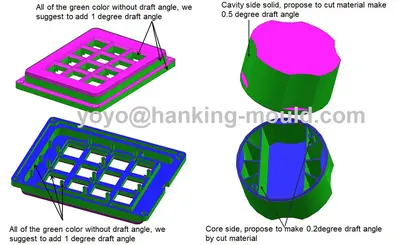
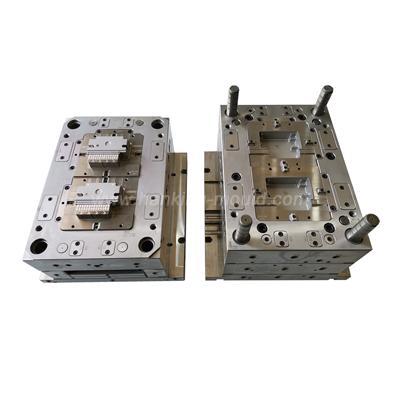

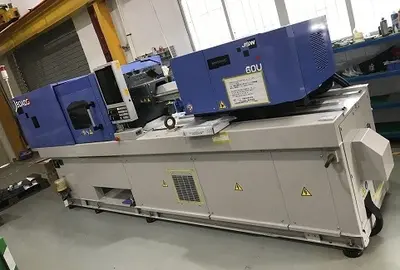
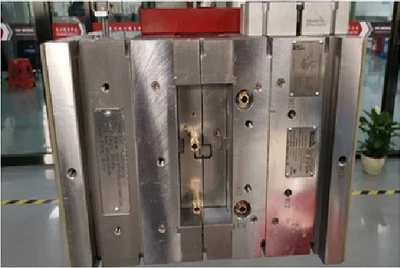
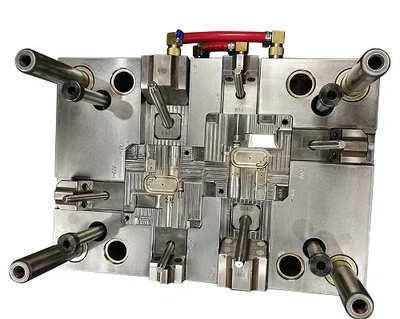
 Call us on:
Call us on:  Email Us:
Email Us:  No.23, XingYi Road, Wusha Community, Chang'an Town, Dongguan City, Guangdong Province, China.
No.23, XingYi Road, Wusha Community, Chang'an Town, Dongguan City, Guangdong Province, China.